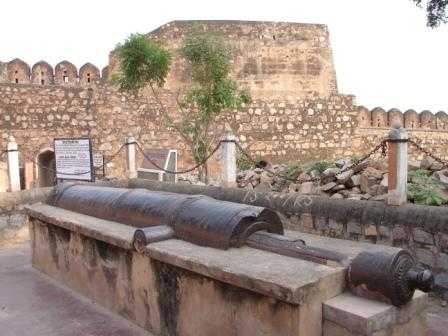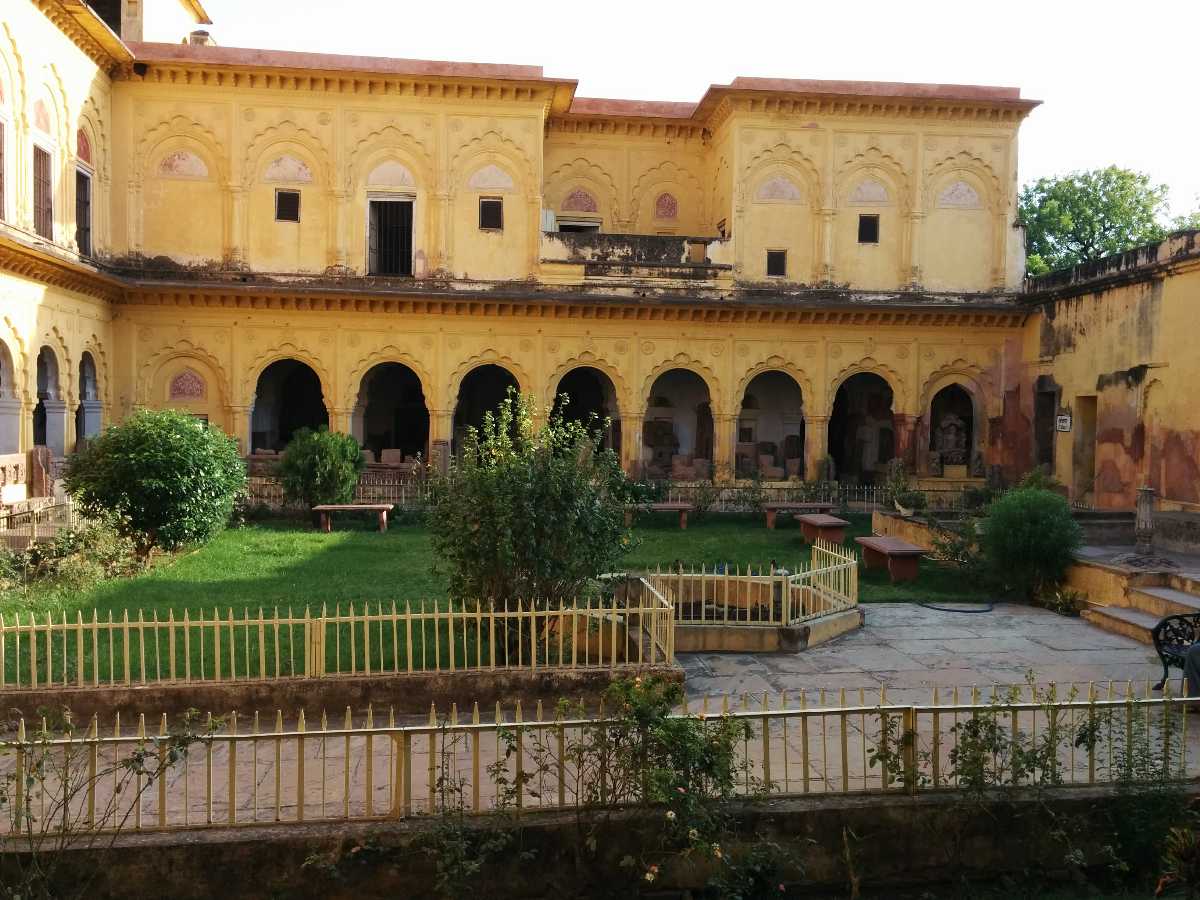Jhansi Fort
Tags : Forts & Palaces
Timings : 8:00 AM - 6:00 PM
Time Required : October to March
Entry Fee : INR 5 for Indians, INR 200 for Foreign citizens
Jhansi Fort, Jhansi Overview
The Jhansi Fort is located at the top of Bagira, a hill situated in Uttar Pradesh in the northern part of India. It is a 17th-century architectural monument that has undergone royal construction followed by massive destruction in the first War of Independence against the British East India Company. Within the four-walls lay monuments like Baradari with astute and creative architecture, Kal Kothari or a dungeon for prisoners, Ganesha and Shiva temples and a museum that harbours remnants of the Chandela dynasty - weaponry, clothes and paintings. The streets are filled with bazaars and temples. There is also a war memorial paying tribute to martyrs, and the Rani Lakshmibai Park built in the memory of her poignant role in the freedom struggle.
Read More on Jhansi Fort
Architecture of Jhansi Fort
The devotion of its ancestors is also marked by the presence of Ganesh temple and Shiva Temple at the entrance. Baradari is a structure paying homage to Raja Gangadhar Rao’s brother Raghunath Rao for his fascination with architecture and love for art. The roof of this magnificent structure built with stucco was fabricated in such a way that it formed a pond that sprinkled water over it.
The Execution Tower is a built-in tower to execute prisoners, whereas the Jumping Spot is where Rani Lakshmibai jumped over the wall to climb on her horse Badal to escape. The Kadak Bijli cannon that was used by Rani Lakshmibai in the revolt of 1857 decorates the entrance with a mark of patriotism, martyrdom and an undying belief in freedom.

Jhansi Mahotsav
Exploring Heritage
Panchkuian Temple
This temple is devoted to Lakshmi, the Hindu Goddess of Wealth. It still welcomes hundreds of devotees every month. Legend has it that Rani Lakshmibai used to visit this temple to pray every day.
City Church
Religious monuments vivify the diversity of the Indian culture, and City Church is definitely a glimpse into it.
Orchha Fort complex harbours Rani Mahal cherishing the memory of Rani Lakshmibai, the queen of Jhansi. The four walls of her bedroom were carved with depictions from scriptures such as the Ramayana. The décor of Dashavatar of Lord Vishnu also conveys that she was a disciplined devotee.

UP Government Museum
The museum manifests the richness of artefacts as old as the 4th century. Primarily, it is an arsenal of weapons, clothes and kitchen utensils used by the Chandela dynasty. Some artefacts range back to the 11th century with sculptors and relics for the Kings and Queens of the time. The museum stays shut on Mondays and second Saturdays of every month.
The famous Iscon temple, war memorial, Gayatri Temple, Murli Manohar temple, Shankar Mandir, Mahalakshmi temple, Mehendibagh temple and Satyanarayana temple are some other places to visit in Jhansi.
Best time to visit the Jhansi Fort
How To Reach Jhansi Fort
Commutation from buses is available from the Railway Station stop, City Bus stand at Talpura or Elite Crossing. Jhansi Museum Bus Stop is the nearest stop to Jhansi Fort.
